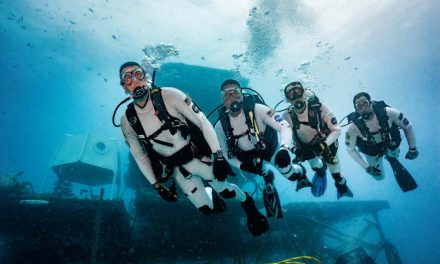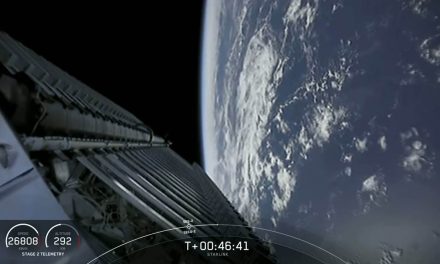On Wednesday, NASA astronauts Nick Hague and Andrew Morgan took a six-and-a-half-hour stroll into space around the International Space Station in order to install the final international docking adaptor, needed to enable SpaceX and others to dock their space capsules to the space station and begin to move their actual crews to the ISS and then back home to Earth.
Since the United States’shuttle program came to an end in 2011, NASA has been hitchhiking rides on Russian Soyuz rockets that take off from Kazakhstan’s Baikonur Cosmodrome. These trips cost $81 million per passenger.
The challenge for NASA is that the contract with Roscosmos expires in September 2020, so SpaceX is trying to make sure its Crew Dragon capsule is ready to go. At the same time Boeing is working on its CST-100 Starliner.
SpaceX succeeded with its “Demo-1” unmanned test launch in March 2019, which contained 400 pounds of cargo and a dummy suit which collected data.
The international docking adaptor is designed to support the international docking standard.
The adaptor is meant to be a more long-term solution in order to get capsules to join with the pressurized mating adaptor. It could not only support commercial spacecraft, but international crafts from other countries.
The first adaptor was connected in 2016 and Hague and Morgan attached the second of the two adaptors earlier this week.
The Government Accountability Office has stated that “both contractors have run into chronic delays,” requesting that the agency to come up with a plan B in case more delays come from SpaceX and Boeing.




















